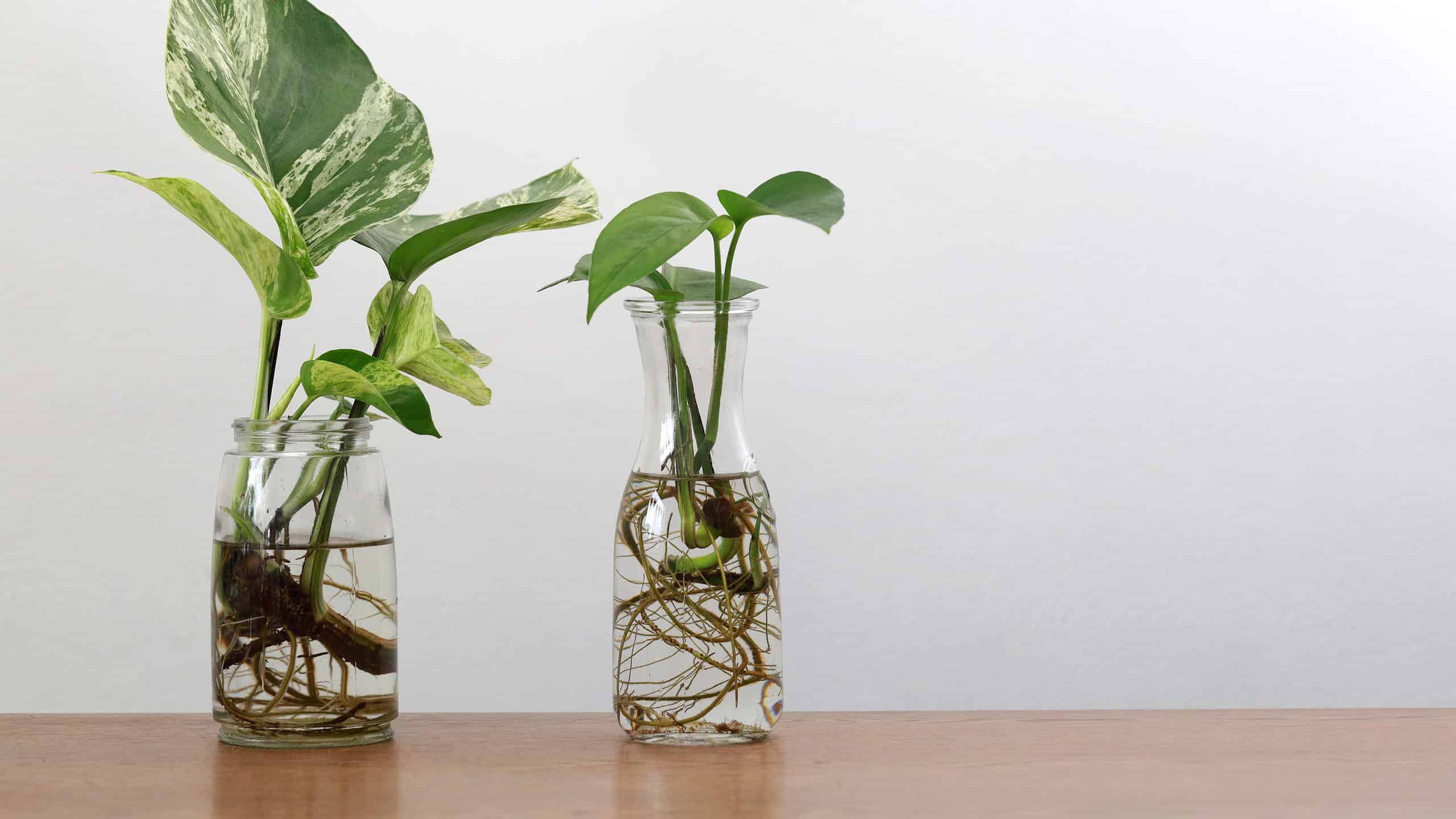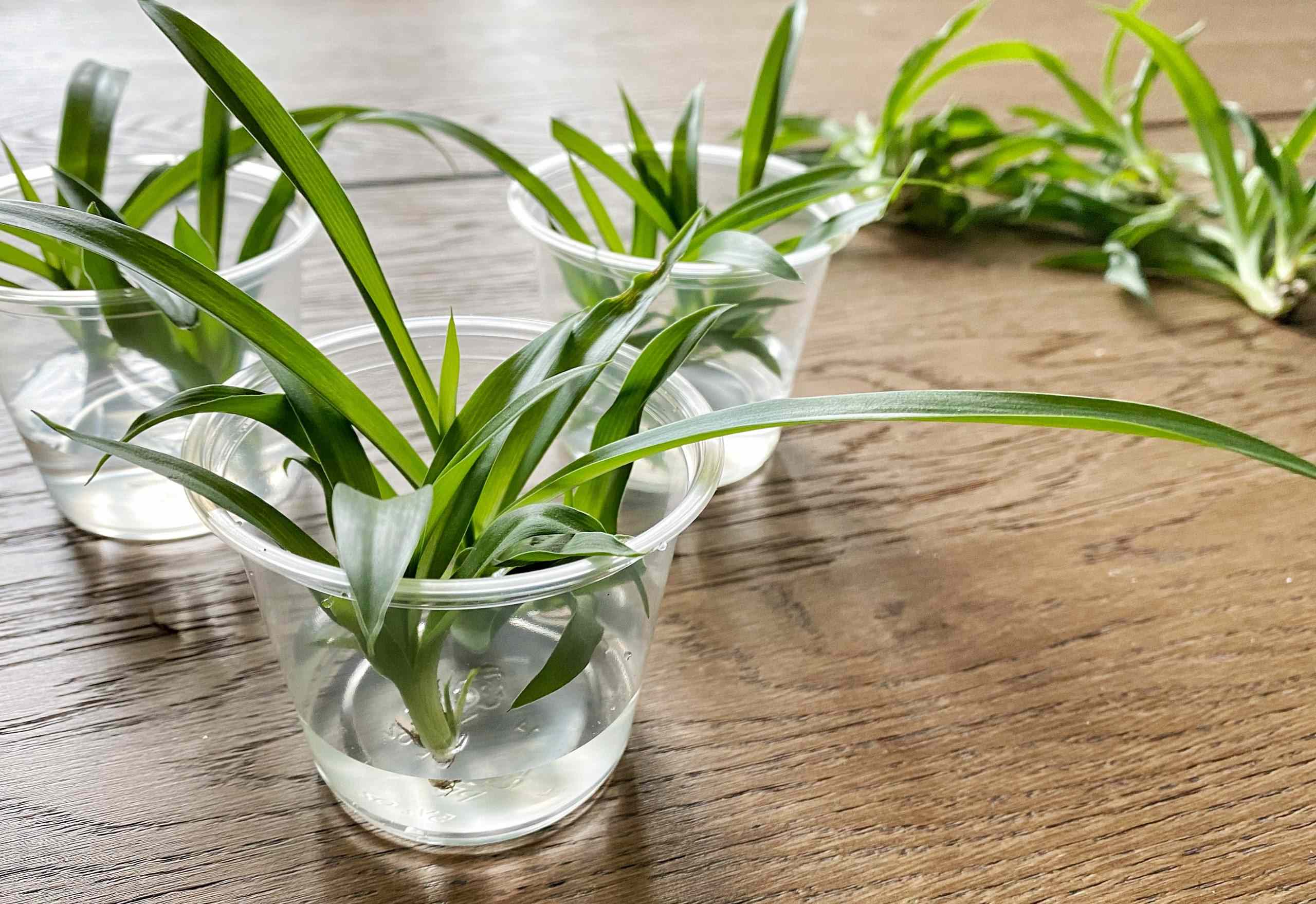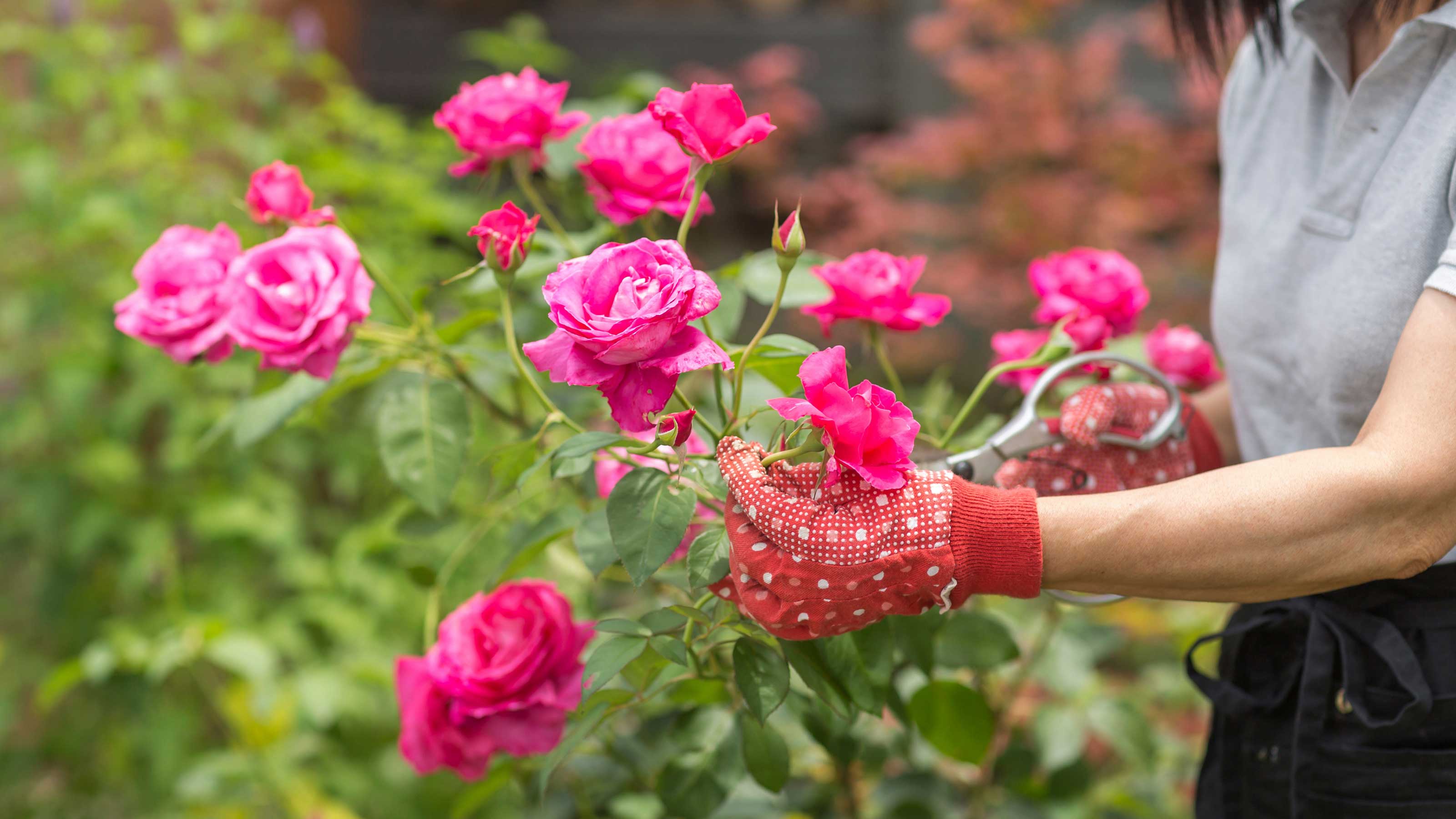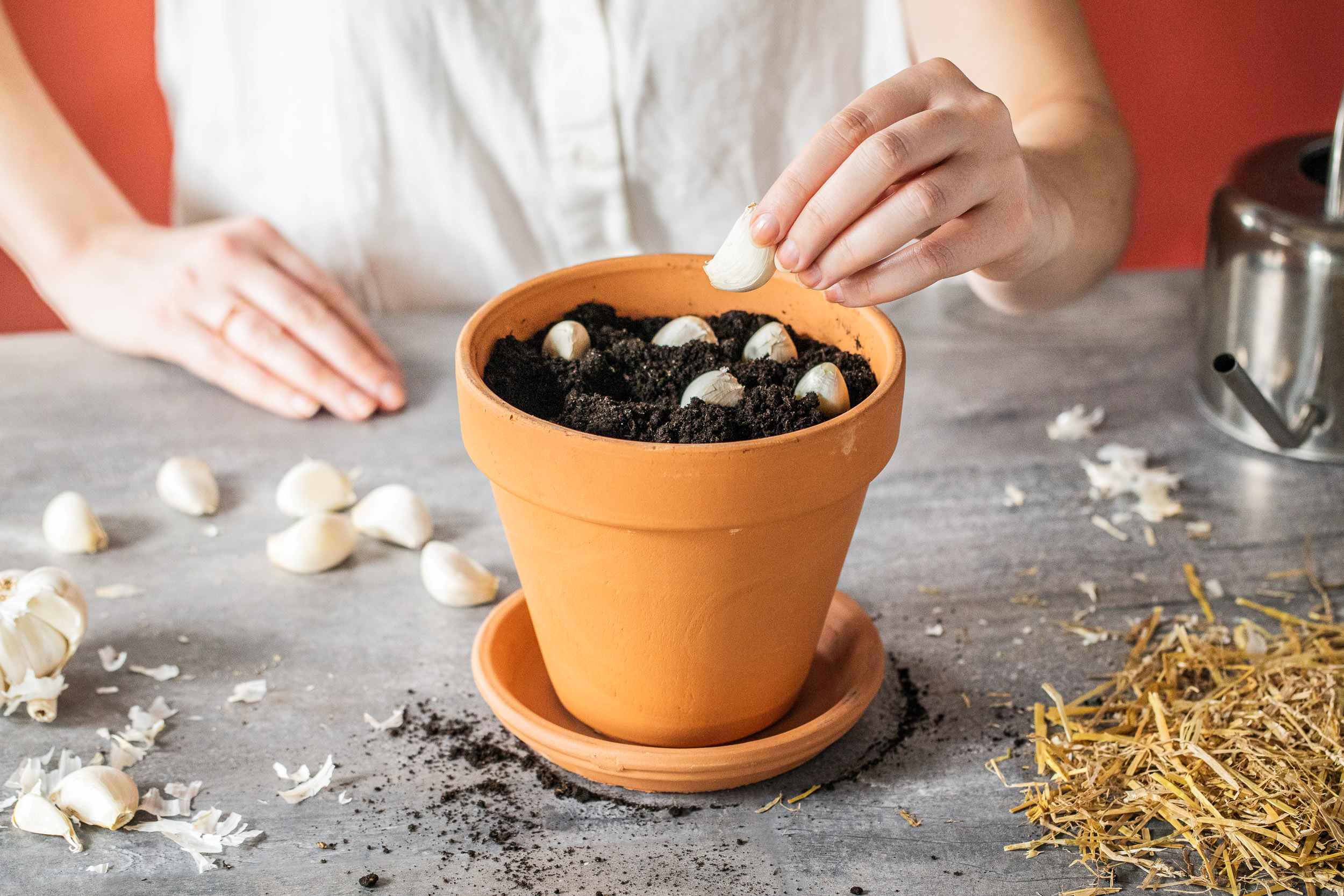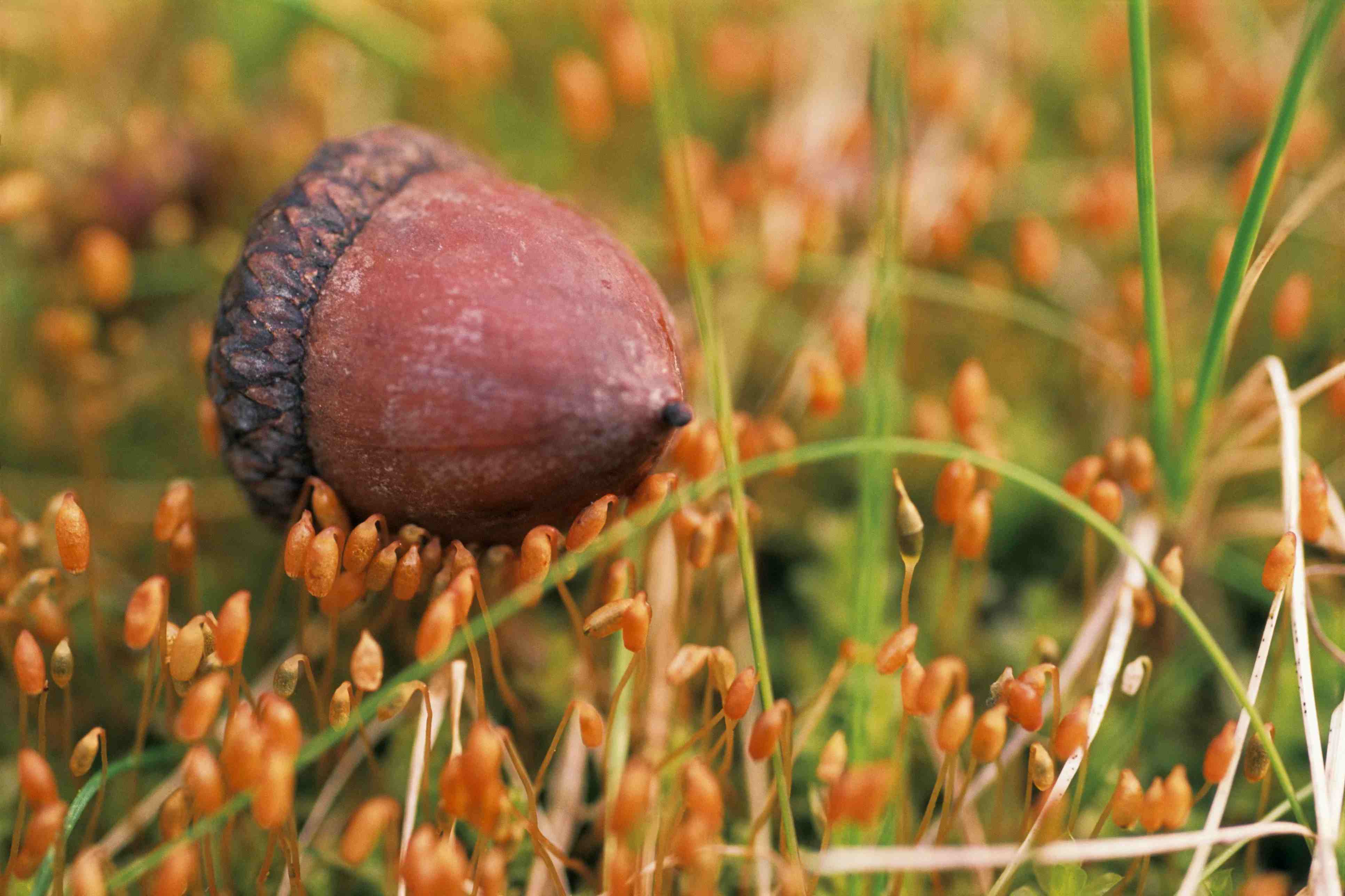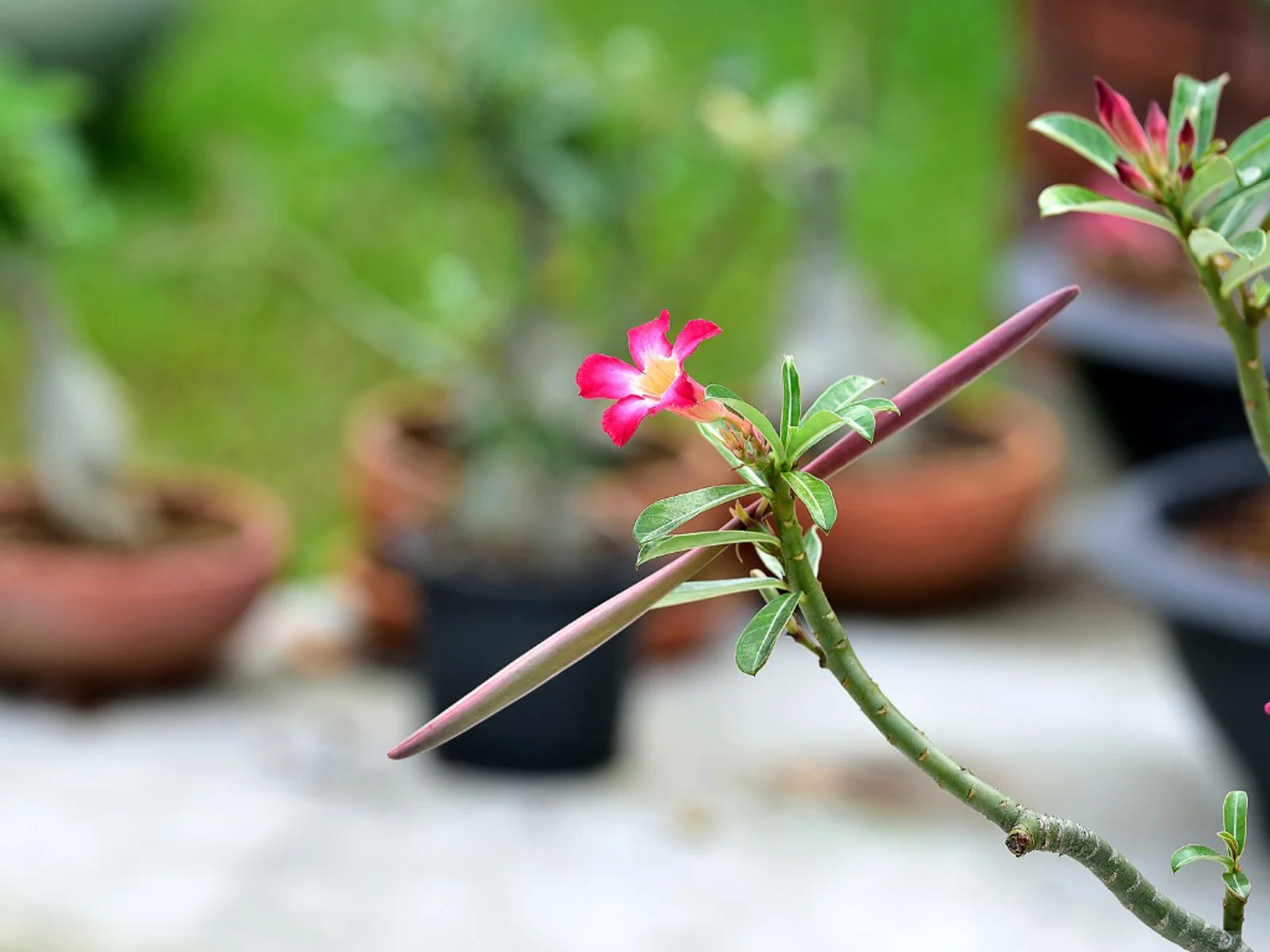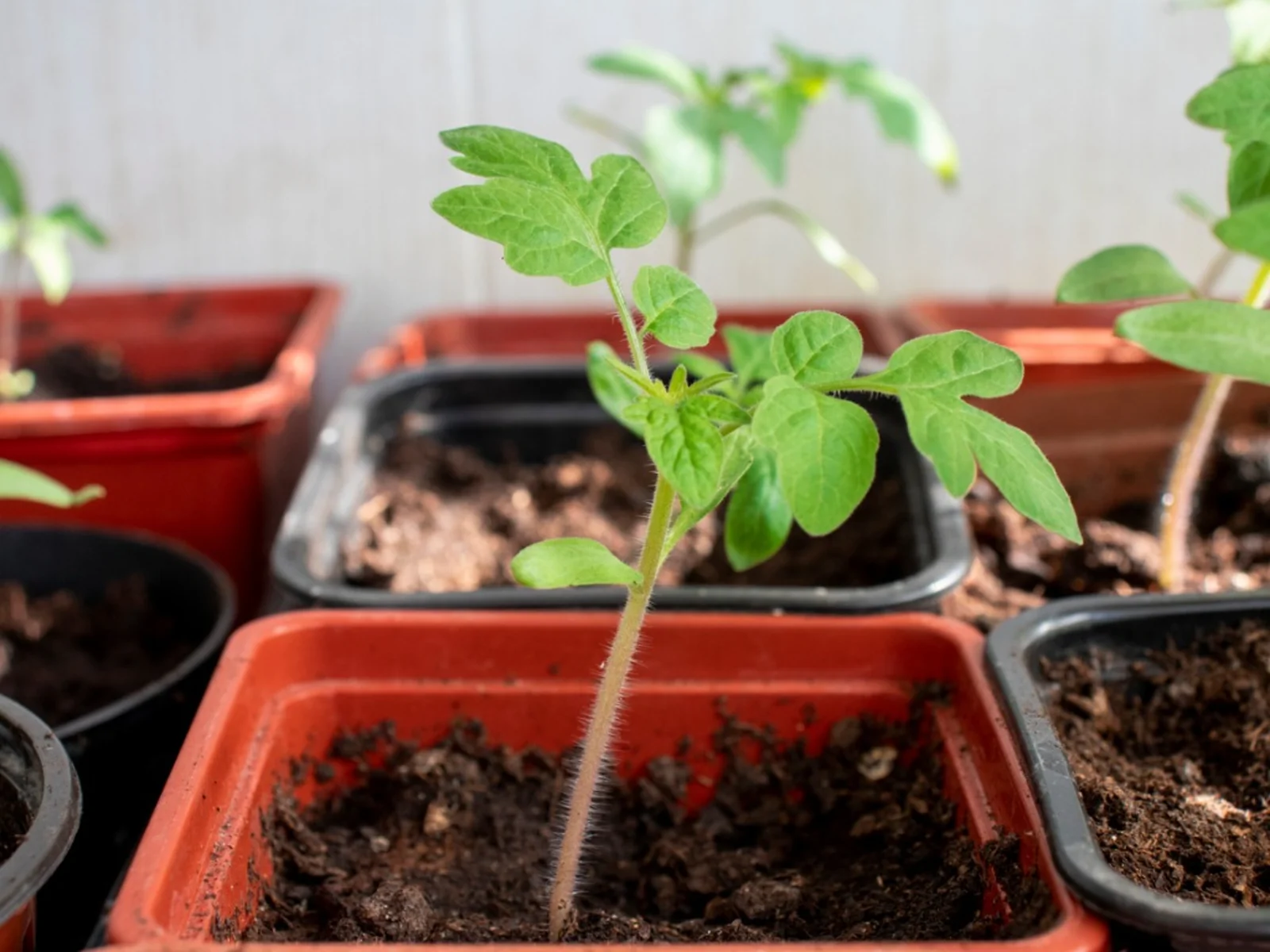Home>Gardening Techniques>Plant Care>How To Store Bare Root Roses Before Planting
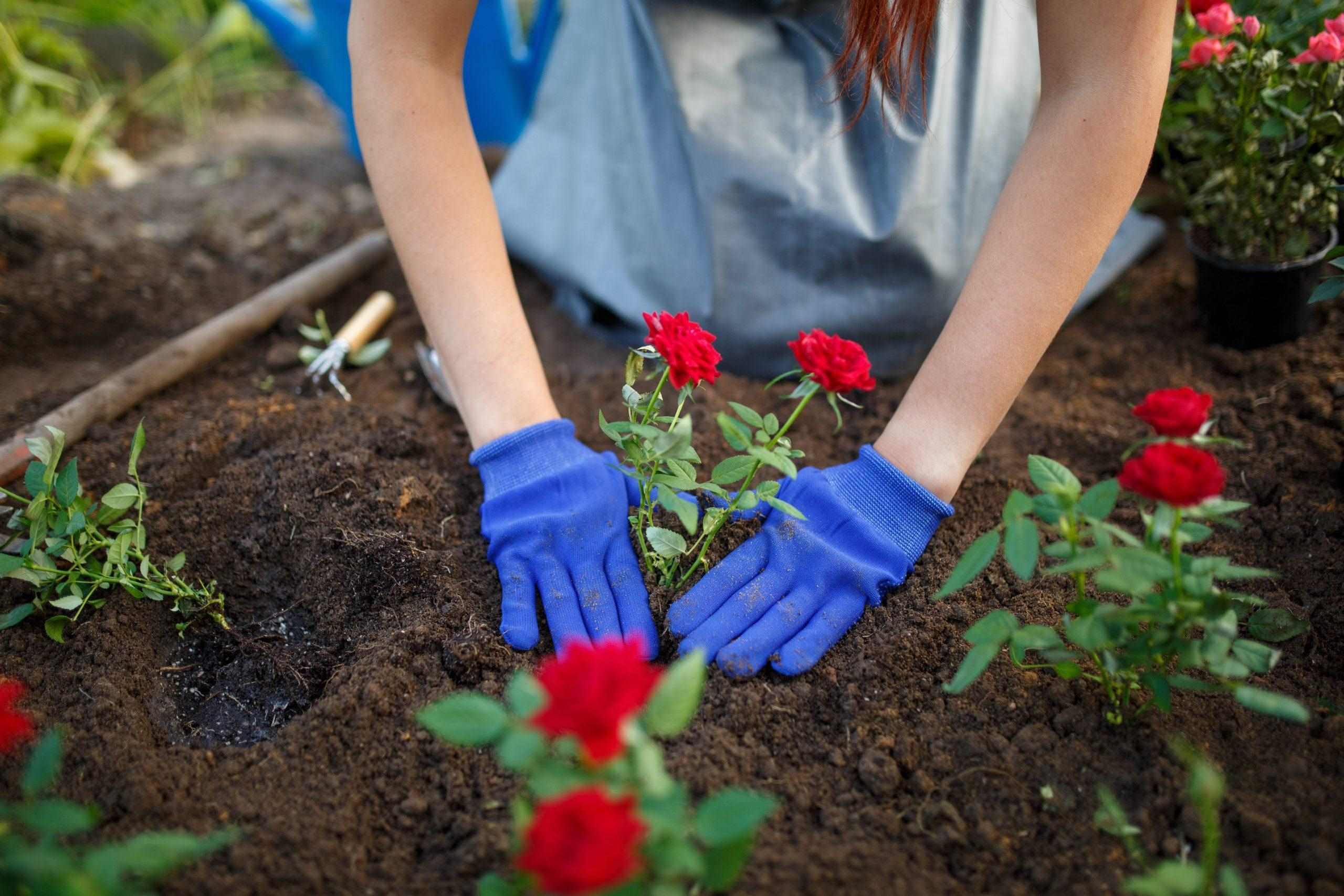

Plant Care
How To Store Bare Root Roses Before Planting
Modified: January 22, 2024
Learn how to properly store bare root roses before planting for optimal plant care.
(Many of the links in this article redirect to a specific reviewed product. Your purchase of these products through affiliate links helps to generate commission for Chicagolandgardening.com, at no extra cost. Learn more)
Table of Contents
Introduction
Welcome to the world of plant care! Whether you are an experienced gardener or just beginning your green thumb journey, understanding how to properly care for your plants is essential for their health and success. One aspect of plant care that is often overlooked is the storage of bare root roses before planting. This crucial step sets the foundation for the growth and vitality of your roses.
Why is storing bare root roses important? Well, when roses are sold bare root, it means they are dug up from the ground and sold without soil around their roots. This enables easier transportation and planting. However, before being planted, bare root roses must be stored properly to ensure their survival and ability to establish in their new home.
In this article, we will guide you through the process of storing bare root roses before planting them. We will explore the importance of choosing the right storage location, preparing the roses for storage, wrapping the bare roots, and monitoring the roses during their storage period. By following these steps, you will give your bare root roses the best start possible, setting them up for a flourishing future in your garden.
So, let’s dive in and discover the secrets to successful bare root rose storage!
Choose Proper Storage Location
When it comes to storing bare root roses, the first step is to select an appropriate storage location. The ideal storage location should provide the optimal conditions for keeping the roses dormant and protected until they are ready to be planted.
The storage location should be cool and dark, with a temperature range of 32-45°F (0-7°C). This temperature range helps to maintain the dormancy of the roses and prevent premature sprouting. Additionally, the location should have consistent humidity levels, ideally between 60-70%, to ensure the roots do not dry out or become too damp.
Avoid storing bare root roses near sources of heat, such as radiators or appliances, as this can cause the roses to dry out. Also, keep them away from areas that are prone to fluctuating temperatures, such as near doors or windows.
It is also important to choose a storage location that is protected from pests, such as rodents or insects. These pests can cause damage to the bare roots or even feed on the roses, leading to their demise before they have a chance to be planted. Consider using mesh or netting to cover the roses and prevent any unwanted visitors.
Lastly, selecting a storage location that is easily accessible is essential. You will want to periodically check on the roses during their storage period, so having them in a location that is convenient to reach will make the monitoring process more manageable.
By choosing the right storage location for your bare root roses, you are providing them with the optimal environment to remain dormant and protected until they are ready to be planted.
Prepare the Roses for Storage
Before storing your bare root roses, it is crucial to prepare them properly to ensure their longevity and successful planting. Here are some essential steps to follow when preparing your roses for storage:
- Inspect and Trim: Start by carefully examining each rose plant for any damaged or broken roots. Remove any damaged roots by making clean cuts with sharp pruning shears. Trimming the roots promotes healthy growth and reduces the risk of infection or disease.
- Soak in Water: Once the roots are trimmed, it’s time to give your bare root roses a good soak. Fill a bucket or container with water and immerse the roots for a minimum of 1-2 hours. This hydrates the roots and helps prevent them from drying out during the storage period.
- Remove Excess Moisture: After soaking, gently shake off any excess water from the roots. It’s important not to let the roots remain too wet during storage to prevent rot or fungal issues.
- Apply Moisture-Retaining Medium: Next, apply a moisture-retaining medium to the roots to keep them hydrated and protected. You can use materials such as peat moss, vermiculite, or sawdust. Place a handful of the medium around the roots and gently pat it in place.
- Label the Roses: To avoid confusion later on, label each rose plant with its variety. This will help you identify and select the correct roses when it’s time to plant them.
By following these preparation steps, you are ensuring that your bare root roses are in prime condition for storage. This preparation process not only promotes their health and well-being but also sets the stage for successful planting in the future.
Wrap the Bare Roots
Once you have prepared your bare root roses for storage, the next step is to properly wrap the bare roots. Wrapping the roots helps to protect them from drying out or being damaged during storage. Here are some steps to follow:
- Use Moisture-Retaining Material: Start by selecting a moisture-retaining material such as damp sphagnum moss or wet newspaper. This material will help to keep the roots hydrated and prevent them from drying out.
- Wrap the Roots: Take a handful of the moisture-retaining material and gently wrap it around the bare roots. Make sure to cover the entire root system, being careful not to apply too much pressure that could damage the roots.
- Secure the Wrap: Once the roots are wrapped, secure the material in place using a gentle twine or rubber band. Be cautious not to tie the wrap too tightly, as it could restrict the circulation and growth of the roots.
- Label the Packages: To keep track of each rose variety, label each wrapped package with the corresponding name or variety. This will help you identify the roses later on when it’s time to plant them.
Remember, the goal of wrapping the bare roots is to maintain their moisture and protect them from damage during storage. By following these steps, you are ensuring that the roots remain in optimal condition until they are ready to be planted.
Store the Bare Root Roses
Now that you have prepared and wrapped the bare roots of your roses, it’s time to store them in their designated location. Proper storage is crucial to ensure the survival and wellbeing of your bare root roses until they are ready to be planted. Here are the steps to follow:
- Place in Containers: Find suitable containers, such as buckets or crates, to store the wrapped bare root roses. Make sure the containers are clean and have proper drainage holes to avoid excess moisture accumulation.
- Arrange the Roses: Carefully place the wrapped roses in the containers, making sure they are not overcrowded. Each rose plant should have enough space for air circulation and to prevent any potential damage from rubbing against each other.
- Position the Containers: Once you have arranged the roses in the containers, place them in the designated storage location. Make sure the containers are kept upright and stable. Avoid stacking the containers, as this can cause damage or put excessive pressure on the wrapped roots.
- Monitor the Temperature: Regularly check the temperature in the storage area to ensure it remains within the ideal range of 32-45°F (0-7°C). An easy way to monitor the temperature is by using a thermometer placed near the containers.
- Check the Humidity: Maintain a consistent humidity level of 60-70% in the storage area by periodically checking and adjusting as needed. You can use a humidifier or mist the area with water to increase humidity if necessary.
- Avoid Exposure to Light: Keep the storage area dark or use opaque covers for the containers to prevent exposure to light. Light can stimulate the roses to sprout prematurely, interrupting their dormancy period.
By following these steps, you are providing the optimal storage conditions for your bare root roses. Proper storage allows the roses to remain dormant and protected until they are ready to be planted, ensuring their successful growth and development.
Check on the Roses Periodically
While your bare root roses are in storage, it is essential to check on them periodically to ensure they are maintaining their health and readiness for planting. Monitoring the roses allows you to address any issues or concerns that may arise. Here are the steps to follow when checking on your stored roses:
- Inspect the Wraps: Carefully examine the wraps around the bare roots of each rose plant. Ensure that the moisture-retaining material is still damp and providing adequate hydration to the roots. If the material has dried out, gently mist it with water to rehydrate it.
- Check for Mold or Rot: Look for any signs of mold or rot on the roots or the moisture-retaining material. If you notice any affected areas, carefully remove them using clean pruning shears. Prevent further spread of mold or rot by improving ventilation in the storage area and reducing excess moisture.
- Assess the Roots: Inspect the roots of the bare root roses for any signs of new growth or damage. New sprouts indicate that the roses may be emerging from their dormant state. If the roots appear damaged or unhealthy, take necessary measures such as trimming or applying fungicides to promote root health.
- Monitor the Storage Environment: Check the temperature and humidity levels in the storage area. Ensure that the temperature remains within the ideal range of 32-45°F (0-7°C) and that the humidity is between 60-70%. Make any necessary adjustments to maintain the optimal storage conditions.
- Address Any Issues Promptly: If you encounter any issues or concerns during your periodic checks, take immediate action to resolve them. This may include adjusting temperature or humidity levels, rewrapping the roots, or addressing any signs of disease or infestation. Prompt attention to issues will help ensure the successful planting and growth of your bare root roses.
Regularly checking on your stored roses allows you to address any potential problems and ensure their continued health and readiness for planting. By being proactive in your monitoring, you can make any necessary adjustments to create an ideal storage environment for your bare root roses.
Conclusion
Properly storing bare root roses before planting is a crucial step in ensuring their health and successful growth. By choosing a suitable storage location, preparing the roses for storage, wrapping the bare roots, and monitoring them periodically, you are providing the optimal conditions for their dormant period.
Choosing a cool, dark, and pest-free storage location helps to maintain the roses’ dormancy and protect them from potential damage. Preparing the roses by inspecting, trimming, soaking in water, and applying a moisture-retaining medium ensures their hydration and protection during storage.
Wrapping the bare roots with moisture-retaining material and securing it gently helps to prevent drying out and damage. Storing the wrapped roses in containers in an upright and stable position, while monitoring the temperature and humidity, facilitates their appropriate dormancy maintenance.
Regularly checking on the stored roses allows you to address any issues promptly, such as dry wraps, mold, root damage, or environmental fluctuations. Taking necessary actions, such as rehydrating the wraps, trimming damaged roots, and adjusting storage conditions, supports their health and readiness for planting.
By following these steps and giving proper attention to storing your bare root roses, you are setting the stage for their successful establishment and thriving growth in your garden. So, take the time to store your bare root roses appropriately, and you will be rewarded with beautiful, healthy roses that will bring joy and beauty to your outdoor space for years to come.

